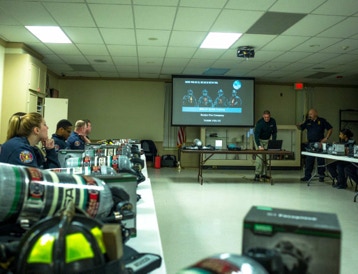
Many workers were reported dead due to asphyxiation while entry into confined space. This session involves practical application on how to don breathing apparatus, how the toxic gas can be detected, role of AGT and required documentation. Target audience would be from oil & gas, chemical handling units and mining / construction
- Definition and Types of Confined Spaces
- Recognizing Hazards in Confined Spaces (Toxic gases, Oxygen depletion, awkward entry. MSD)
- Legal & Regulatory Requirements (OSHA, local standards, best practices)
- Permit-to-Work System for Confined Space Entry
- Atmospheric Testing & Continual Monitoring
- Ventilation Techniques to Ensure Safe Entry
- Isolation of Energy Sources (Lockout/Tagout procedures)
- Entry Procedures & Access Control
- Use of Personal Protective Equipment (PPE)
- Roles & Responsibilities (Authorized Entrants, Attendants, Entry Supervisors)
- Emergency Preparedness & Rescue Planning
- Types of Confined Space Rescue (Self-rescue, Non-entry, Entry-based rescue)
- Rescue Equipment (Tripods, Winches, SCBA, Harnesses, etc.)
- Communication Systems & Signaling Methods
- Training & Certification Requirements for Entrants and Rescuers
- Post-Incident Review & Continuous Improvement

